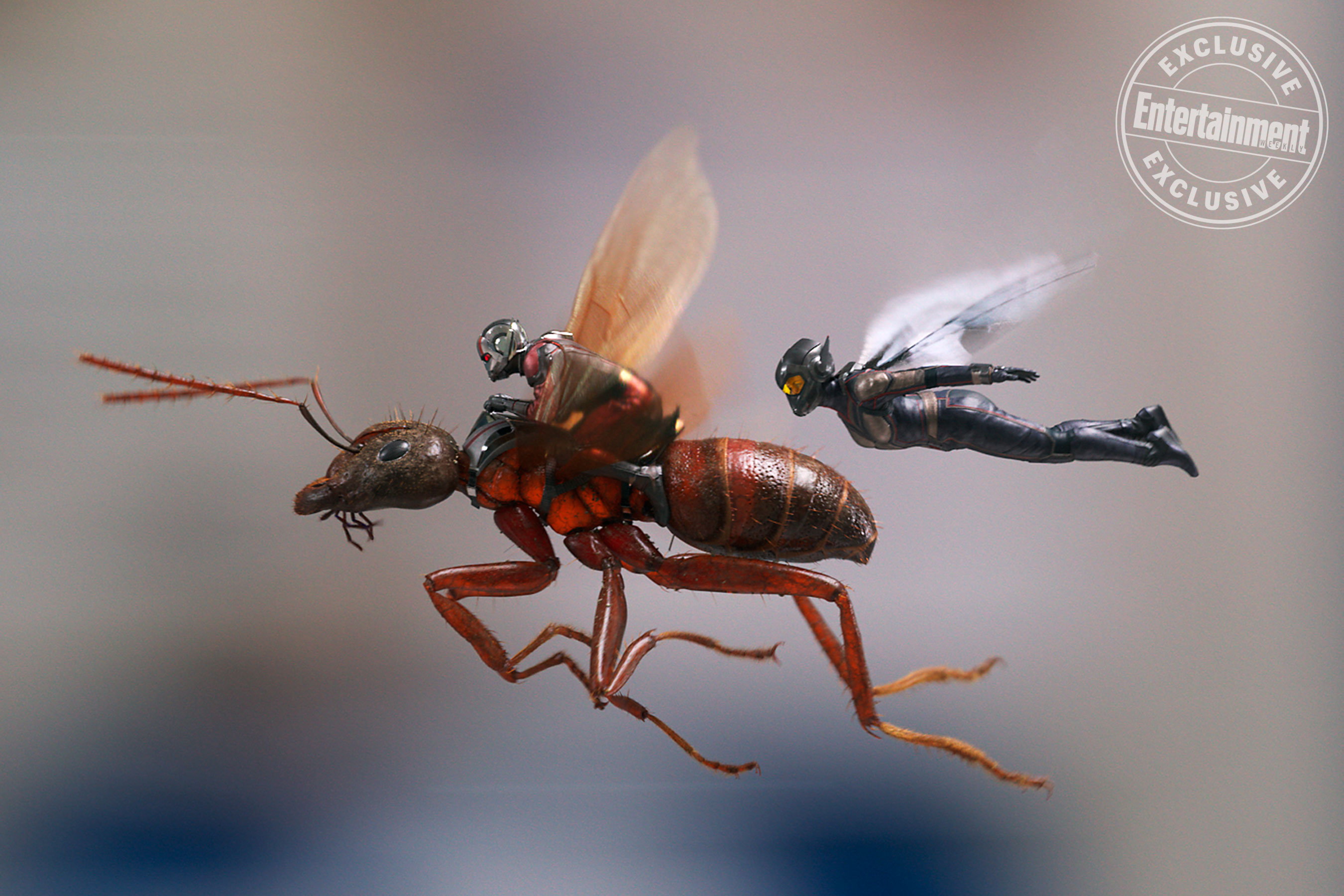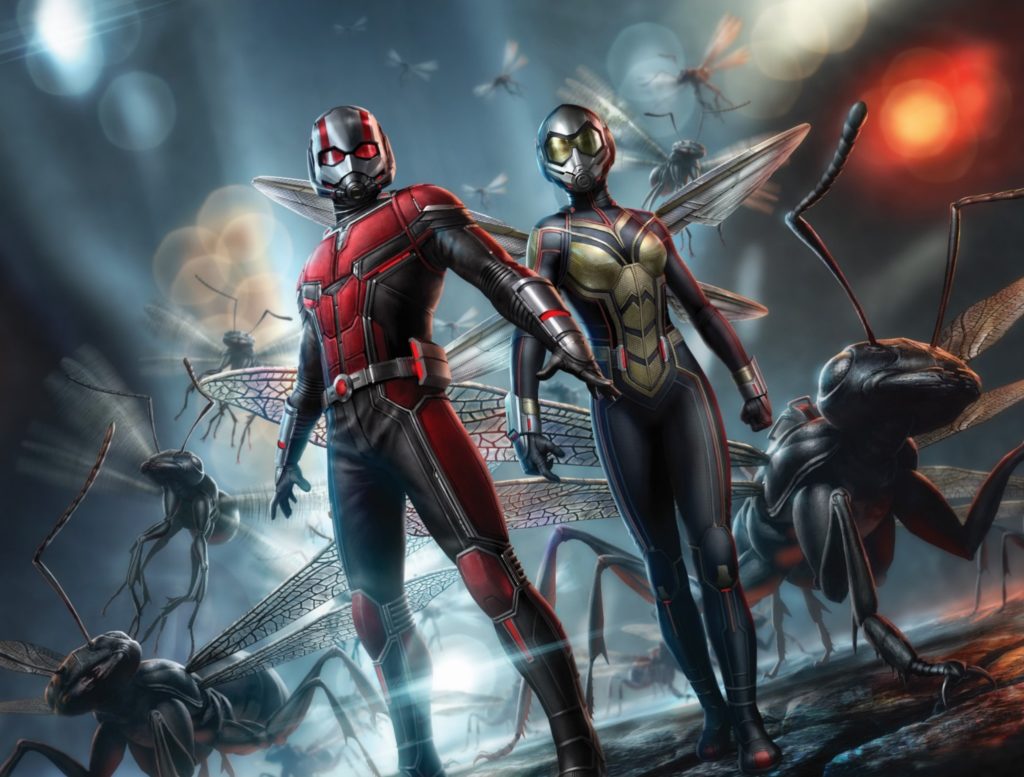6.5/10
After an exhausting battle with Captain America and the Avengers, Scott Lang, known as Ant-Man, finds himself under house arrest. But no sooner does he settle in before he finds himself in yet another adventure, as he assists his old mentor, Dr. Hank Pym, in rescuing his wife from a mysterious place called the Quantum Realm by building a gate to get there. Ant-Man and friends are in for a bumpy ride, though, as two other characters, with very different motives, seek to obtain that same gate.
Ant-Man and the Wasp was definitely a surprise for many critics and audiences, as it was slightly less conventional than your average superhero movie with black-and-white protagonists and antagonists. Everyone is fleshed out in the film as all having very believable motives for wanting the same thing. The movie turns into a game of cat-and-mouse as our characters scramble for access to the quantum realm in a comedic but compelling way. The film’s biggest weakness was that it did not really feel like Ant-Man’s film; the movie was really about Hope, the Wasp, and finding her mother. Even the side characters had bigger goals and arcs than did Scott. There was, perhaps, something there in Ant-Man’s journey in the film that could have been fleshed out a little better, while not at the expense of the rest of the story, but it seemed like a missed opportunity. Overall, Ant-Man is not a complete waste of time, and holds audiences over after its amazing predecessor, Infinity War.

Many Redemptions
All the characters are in some need of redemption. Firstly, the film centers around the restoration of a lost loved one back from a mysterious realm. At the same time, our main character, Scott Lang, is seeking to be accepted by the people he loves after a series of poor decisions; Ant-man also struggles with his identity as a superhero, not being as powerful as he wants to be; and to make matters worse, his romantic relationship with Hope (Evangeline Lily) is suffering. The cherry on top of all this is an angry character searching for a shot at normalcy, after a tragic explosion has rearranged the molecular structure of her body. What’s really compelling is that there is no actual “villain”, though there is a character who has plunged headlong into love for money, having passed his moment of redemption, and now pursuing a criminal life.

There is much truth here to contemplate for the believer. When Christ restores us, he restores multiple areas of our lives. The film shows a myriad of people who are, together, caught in a web with their own losses and agendas. Christ brings together loved ones in eternity, restores broken romantic relations, restores human identity through sanctification, and establishes normalcy in a life mauled by the effects of the fall. He even holds out his arms for those who still reject righteousness for money while remains the day of grace. The godly may meditate on this film and remember that just as sin affected all areas of life, so also does the redemption of the Lord Jesus Christ. As Van Til once said, “The sweep of redemption is as comprehensive as the sweep of sin.” What was brilliant about this film is that depicts life as it often is: a compilation of hurting people seeking their redemption. The Christian worldview responds by saying that all forms of redemption are echoes of that eternal reality that is in Christ Jesus.
Cornelius Van Til, Christian Theistic Ethics (Phillipsburg, New Jersey: Presbyterian and Reformed, 1980), 86-87.

